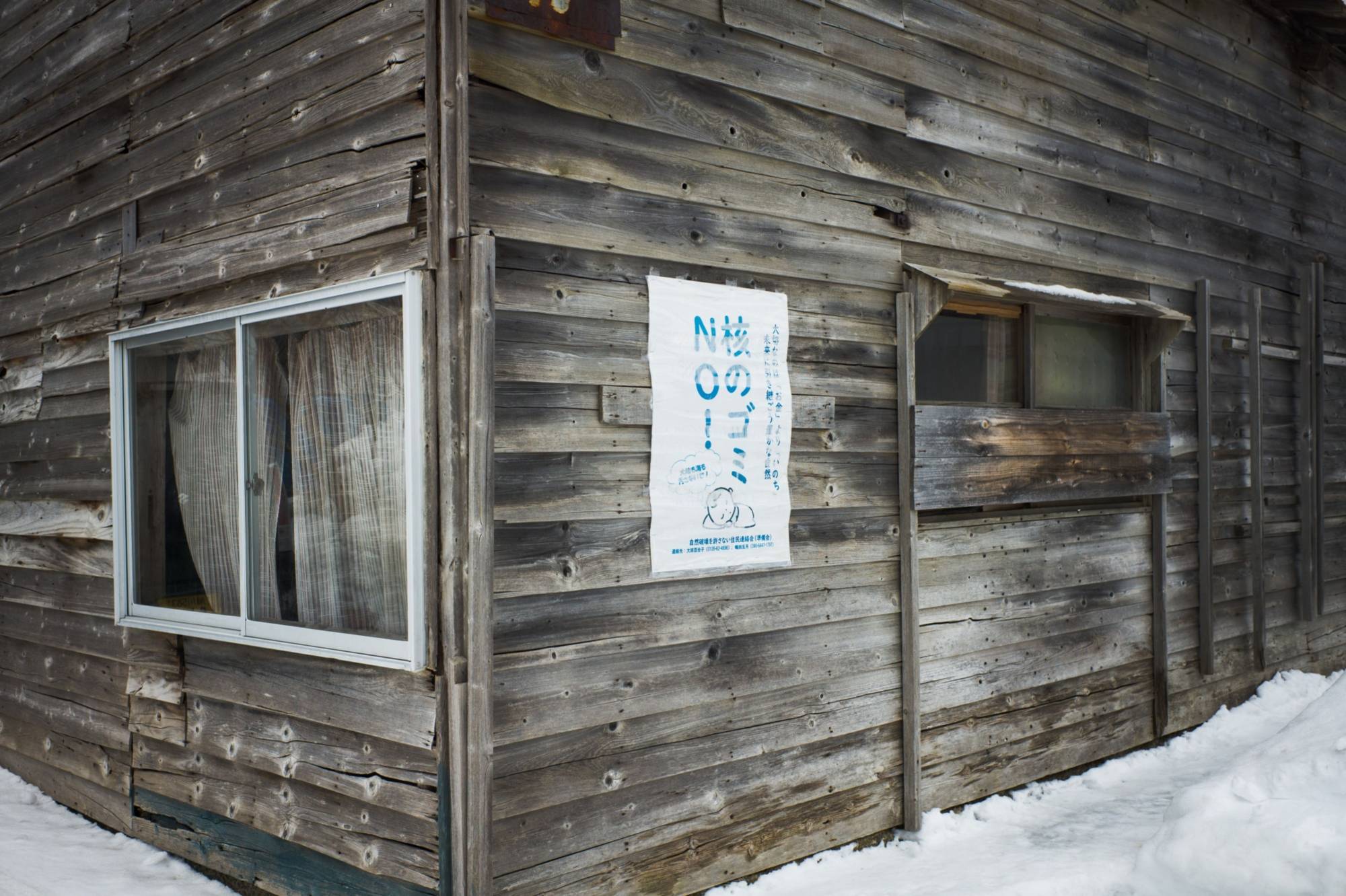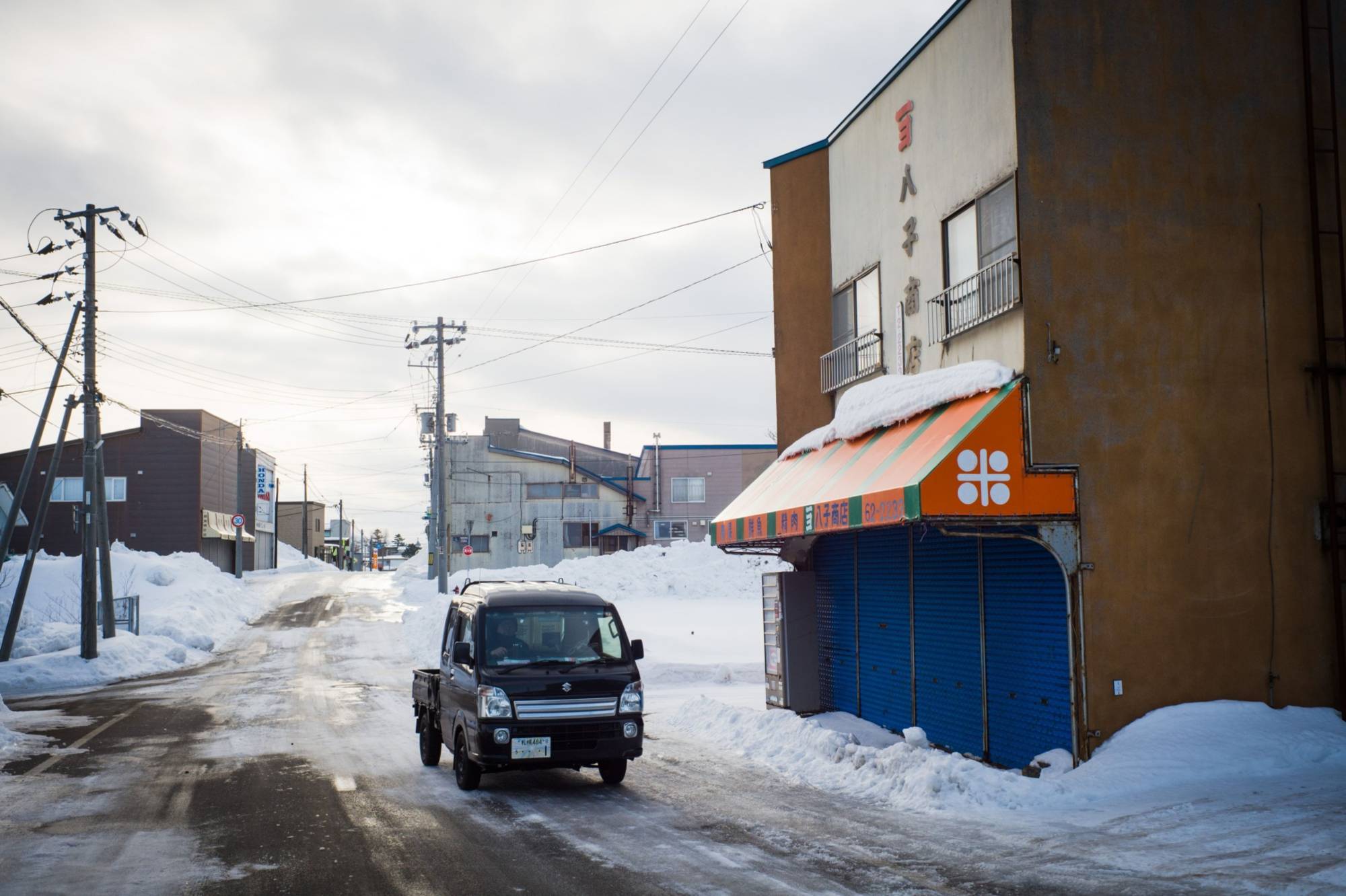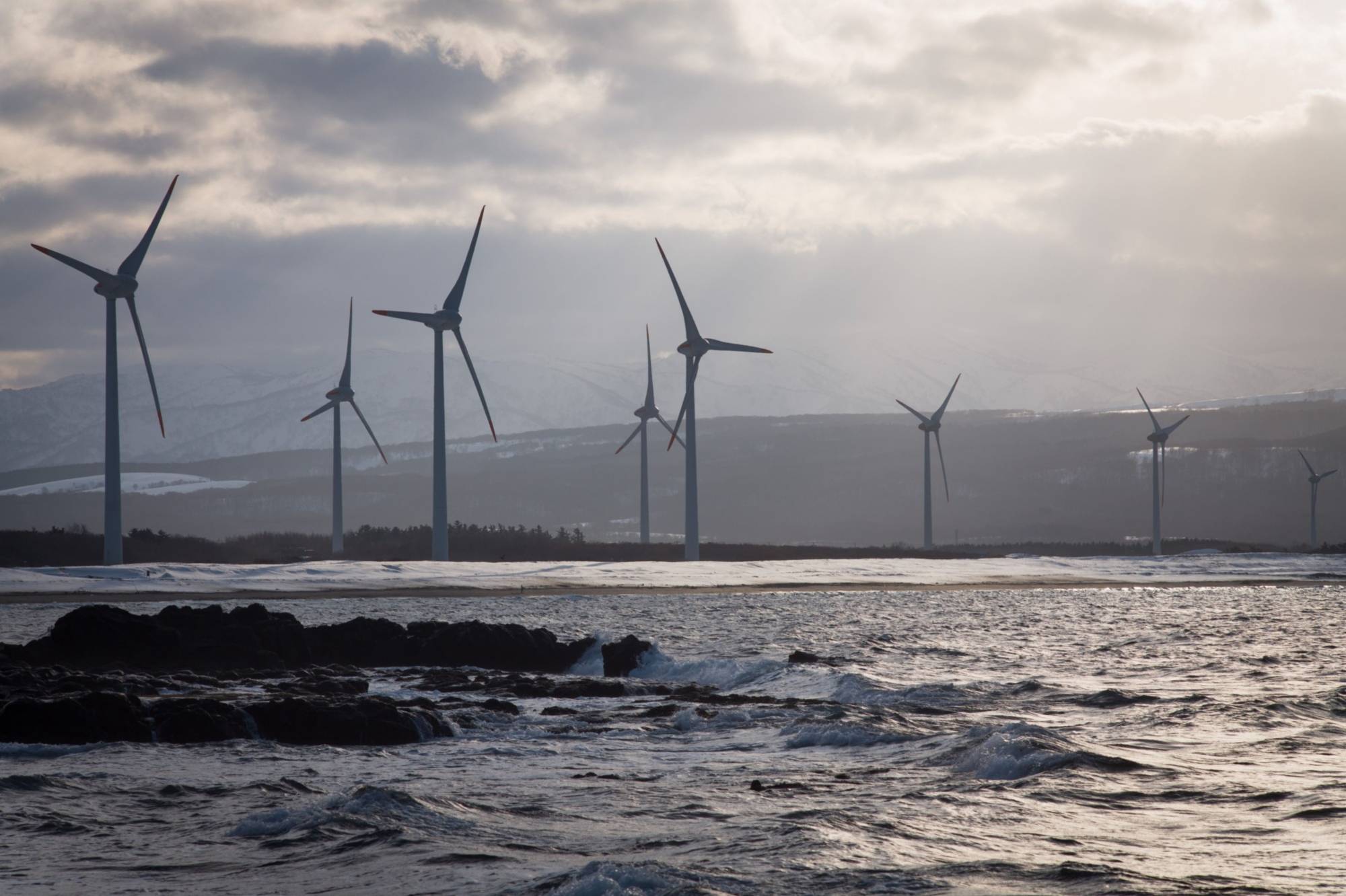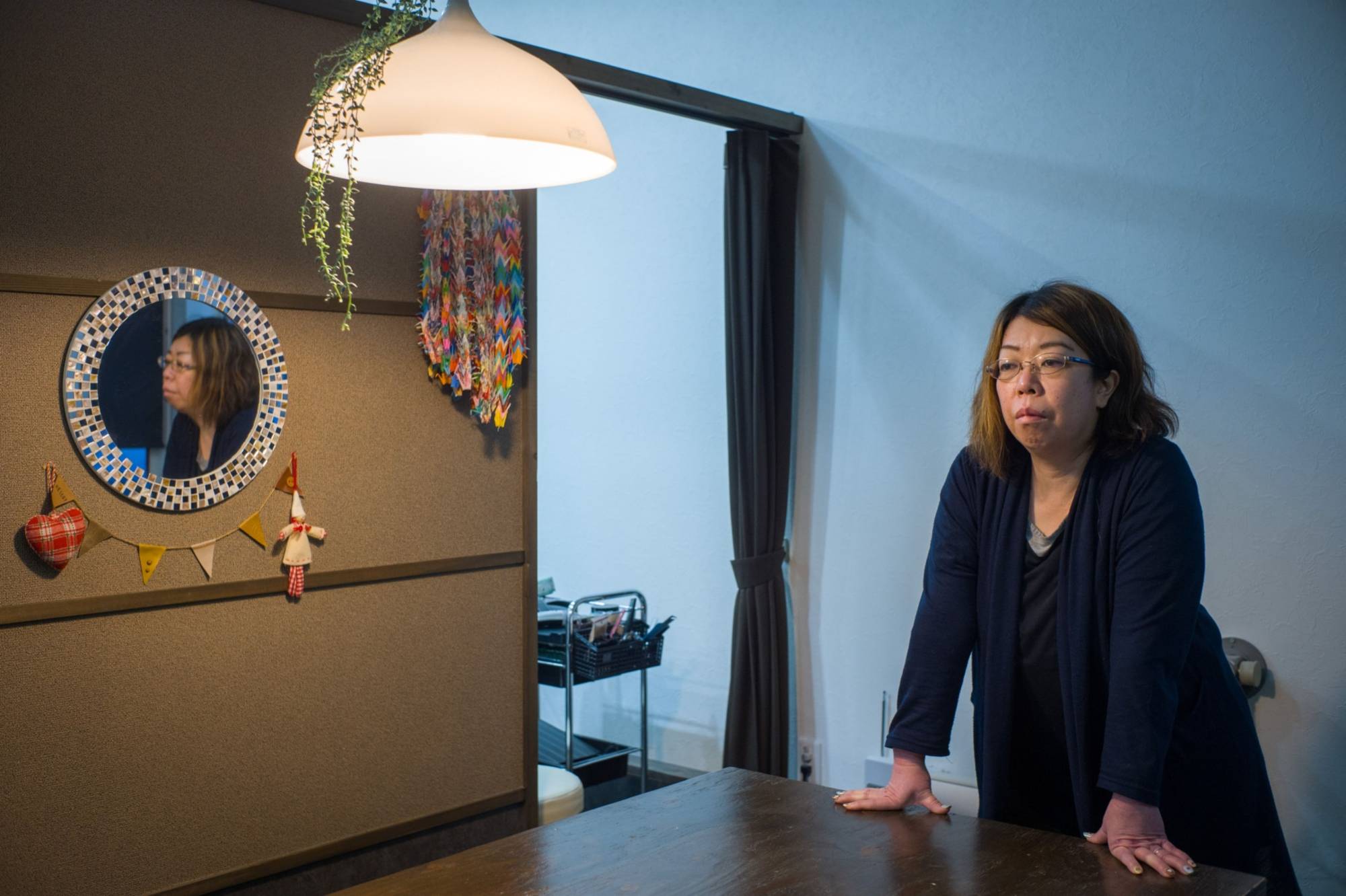Two fishing villages in Hokkaido are vying to host the final storage facility for half a century of Japanese nuclear waste, splitting communities between those seeking investment to stop the towns from dying, and those haunted by the 2011 Fukushima disaster, who are determined to stop the project.
In the middle is a government that bet heavily on nuclear energy to power its industrial ascent and now faces a massive and growing pile of radioactive waste with nowhere to dispose of it. Since it first began generating atomic energy in 1966, Japan has produced more than 19,000 tons of high-level nuclear waste that is sitting in temporary storage around the country. After searching fruitlessly for two decades for a permanent site, the approaches from Suttsu, population 2,885, and Kamoenai, population 810, may be signs of progress.
The towns have focused a debate that has bedeviled an industry some regard as a vital emissions-free energy source and others revile as a dangerous liability. The accidents at Chernobyl in 1986 and Fukushima in 2011 reinforced public skepticism about both the safety of reactors and our ability to safely store their residue for centuries. While new generations of fail-safe reactor designs may eventually help assuage the first concern, the problem of the waste remains.
That’s where the two fishing villages come in.
Japan’s nuclear energy strategy is to reprocess spent fuel to reuse extracted uranium and plutonium, and to seal the remainder in glass, enclose it in steel containers and bury it in bedrock in a “deep geological repository” at least 300 meters underground. There the radioactivity would slowly decay, losing 99.9% of its potency in 1,000 years.
“It’s safer to keep high-level waste underground than storing it above ground, considering the risks of earthquakes, tsunamis, typhoons, fires or terrorism,” according to a public release from Japan’s Nuclear Waste Management Organization (NUMO).
 A sign that reads “No Nuclear Waste!” is seen on the wall of a house in Suttsu, Hokkaido. Since the Fukushima disaster, many Japanese citizens don’t want a nuclear future, especially in their backyard. | BLOOMBERG
A sign that reads “No Nuclear Waste!” is seen on the wall of a house in Suttsu, Hokkaido. Since the Fukushima disaster, many Japanese citizens don’t want a nuclear future, especially in their backyard. | BLOOMBERGJapan’s 2000 Designated Radioactive Waste Final Disposal Act envisaged a location for the repository would be selected by about 2025, with disposal beginning around a decade later. No municipality applied at the time.
Then came Fukushima and public sentiment turned inexorably against atomic power. The day before the 2011 tsunami and earthquake caused the nation’s worst nuclear accident, Japan had 54 reactors operating, generating almost a third of the country’s electricity. Only nine have restarted, and the government has scrapped the target date to complete the waste repository after a wholesale review of the industry.
“I cannot give a deadline at this moment,” said Masaru Kashima, a deputy director in a division of the economy ministry that deals with radioactive waste. “We will consider the entire schedule based on the progress at the two new potential sites, along with nationwide public relations activities.”
Prime Minister Yoshihide Suga has said Japan should be carbon neutral by 2050, but it’s difficult to see how that goal will be met without getting some electricity from nuclear.
So the radioactive waste continues to pile up, stored temporarily above ground at the giant Rokkasho nuclear power complex in Aomori Prefecture, the far north of Japan’s main island of Honshu, and other plants and research stations around the country. The nuclear facilities in Rokkasho and Tokai, Ibaraki Prefecture, already have about 2,500 blocks of vitrified waste, while another 19,000 tons of spent fuel is scattered around other sites, waiting to be processed.
To find a site that would permanently hold at least 40,000 vitrified blocks, the government in 2017 produced a color-coded map showing suitable locations in green in terms of geology, seismic activity and ease of transportation from power plants.
As the pandemic gutted their economies last year, Suttsu and Kamoenai put up their hands. While authorities in both villages say the decision to apply was not taken because of the recent slump, both have suffered from economic decline and the aging trend that has affected much of rural Japan as young workers migrate to cities.
The potential prize is a share in ¥3.9 trillion of investment over three stages. In the first, NUMO would spend two years evaluating the risk using geological maps and scientific papers, which could be worth a subsidy of as much as ¥2 billion. A four-year field survey and drilling would follow, worth up to ¥7 billion. Finally, a test bench would evaluate extracted strata for about 14 years before the final decision.
For Suttsu, whose regional tax revenue in fiscal 2019 was ¥244.2 million, even stage one is big boost. For Kamoenai, it would be a major windfall.
 The town of Suttsu in Hokkaido has suffered from economic decline and the aging trend that has affected much of rural Japan as young workers migrate to cities. | BLOOMBERG
The town of Suttsu in Hokkaido has suffered from economic decline and the aging trend that has affected much of rural Japan as young workers migrate to cities. | BLOOMBERGBoth communities have struggled with decline. Japan’s non-farmed seafood production has fallen by more than two-thirds since 1985. The Kamoenai government has tried to boost its traditional industry with a project to restore catches. But warming waters, exacerbated by climate change, have taken their toll.
The village’s efforts to revitalize the fishing industry “have not been fruitful,” Mayor Masayuki Takahashi said at the Japan National Press Club in November. Last year was particularly difficult, he said, as Kamoenai grappled with Japan’s economic slump and the coronavirus pandemic.
In Suttsu, one suggestion mooted is to use revenue from the nuclear surveys to help fund an offshore wind farm. The town was the site of Japan’s first onshore wind plant, which has been an “important financial resource for the municipality,” according to five-term Mayor Haruo Kataoka. “Suttsu has a history of more than 30 years of wind-power generation,” he said.
Suttsu’s leap from renewable energy vanguard to potential nuclear waste site is a paradox facing every nation that embraced nuclear power.
Finland selected Olkiluoto Island, the location of one of its two atomic power plants, for its final high-level waste store in 1999 and began construction in 2015. Posiva Oy, a joint venture of Finnish nuclear plant operators Teollisuuden Voima and Fortum Oyj, is building a 450 meter-deep tunnel and plans to start storing waste in the mid-2020s.
But in Finland, even the Green party is pro-nuclear, and the country isn’t prone to frequent earthquakes. Also, most people in the vicinity of the storage vault earn a living thanks to the nearby reactors.
“Nuclear power plants are a part of their identity,” said Pasi Tuohimaa, a communications manager of Posiva. “The more you know, the less you fear.”
Neighboring Sweden selected its nuclear power plant at Forsmark, about 100 kilometers north of Stockholm, as its final disposal site in 2009 and is awaiting central government approval to begin construction.
France, Switzerland and Canada are among those still at the study stage. Russia is reported to be planning at least 10 vaults by 2025, including one at its nuclear facility in Ozersk, a closed city near the Kazakhstan border that began processing weapons-grade plutonium in 1945.
Most nuclear-power nations, though — including the United Kingdom and the United States — are kicking the radioactive can down the road, storing waste at temporary facilities until a solution can be found. The U.S. in 2002 approved Yucca Mountain in the Nevada desert near its nuclear test site as the final repository for high-level nuclear power waste, but funding for the project ceased in 2011 after public protests.
“A storage site should not be considered as a nuclear dump yard, but a place where the latest technology gathers,” said Kataoka, echoing Osthammar Mayor Jacob Spangenberg. “We need a significant change in viewpoint.”
 Turbines at a wind farm in Suttsu, Hokkaido. The town was the site of Japan’s first onshore wind plant. | BLOOMBERG
Turbines at a wind farm in Suttsu, Hokkaido. The town was the site of Japan’s first onshore wind plant. | BLOOMBERGBut since Fukushima, many Japanese citizens don’t want a nuclear future, especially in their backyard. Hokkaido Gov. Naomichi Suzuki objected in October when Suttsu and Kamoenai applied for the stage 1 survey, citing the prefecture’s 2000 ordinance to refuse any high-level nuclear waste. He wrote to METI in November, requesting assurances that no waste would be sent to Hokkaido as part of the surveys.
A group of Suttsu citizens called for a referendum on the issue on Oct. 23, which the municipal assembly voted down. Kataoka said an improvised firebomb had earlier been hurled at a window of his home.
Residents say the issue has fractured the town.
“Suttsu is a warm local community where children can grow up surrounded by nature,” said Nobuka Miki, co-leader of a group fighting the disposal site. “The mayor isn’t listening to citizens who will live in Suttsu for generations to come.”
Miki moved to Suttsu eight years ago from Sapporo when her husband inherited his family’s seafood business. She said they have received anonymous threats and letters from customers saying they will boycott the town’s produce if the nuclear site goes ahead. Nor is she impressed by the idea of a new wind farm. “An offshore wind plant will surely destroy the ocean and our fishing industry,” she said.
Some geologists are also concerned. Emeritus professor Yugo Ono at Hokkaido University said quakes measuring more than 6 in intensity — enough to cause considerable damage — have occurred in areas NUMO’s color-coded map shades green.
NUMO spokesman Takashi Hondo said the review process would ensure the disposal does not affect human health.
Even if the Hokkaido villages pass the tests, there’s no guarantee that they will continue to court the nuclear industry for the decades needed to complete the repository.
In January 2007, the 10-year mayor of Toyo in Kochi prefecture was the first to apply to host the nuclear waste site. Within three months the city’s residents dumped him in a landslide election. The new mayor immediately withdrew the application.
But Japan has to put its waste somewhere and to do that, it will have to overcome people’s fear of the industry. What happens in places like Finland and Sweden could make the difference.
“It is easy for someone opposed to nuclear energy to use emotional arguments to scare people living near a site,” said Dale Klein, associate vice chancellor for research at Texas University. “As more countries make progress in this area, it will give the people of Japan confidence that permanent nuclear waste disposal can be done safely.”

 A sign that reads “No Nuclear Waste!” is seen on the wall of a house in Suttsu, Hokkaido. Since the Fukushima disaster, many Japanese citizens don’t want a nuclear future, especially in their backyard. | BLOOMBERG
A sign that reads “No Nuclear Waste!” is seen on the wall of a house in Suttsu, Hokkaido. Since the Fukushima disaster, many Japanese citizens don’t want a nuclear future, especially in their backyard. | BLOOMBERG
 The town of Suttsu in Hokkaido has suffered from economic decline and the aging trend that has affected much of rural Japan as young workers migrate to cities. | BLOOMBERG
The town of Suttsu in Hokkaido has suffered from economic decline and the aging trend that has affected much of rural Japan as young workers migrate to cities. | BLOOMBERG
 Turbines at a wind farm in Suttsu, Hokkaido. The town was the site of Japan’s first onshore wind plant. | BLOOMBERG
Turbines at a wind farm in Suttsu, Hokkaido. The town was the site of Japan’s first onshore wind plant. | BLOOMBERG
